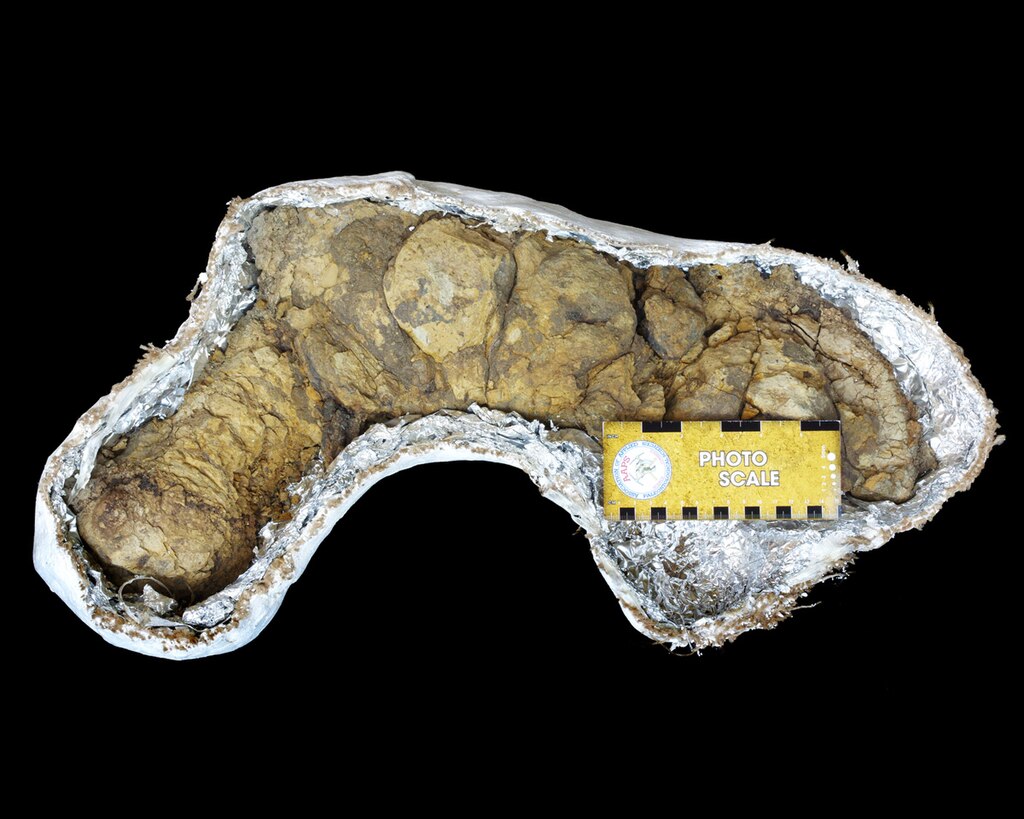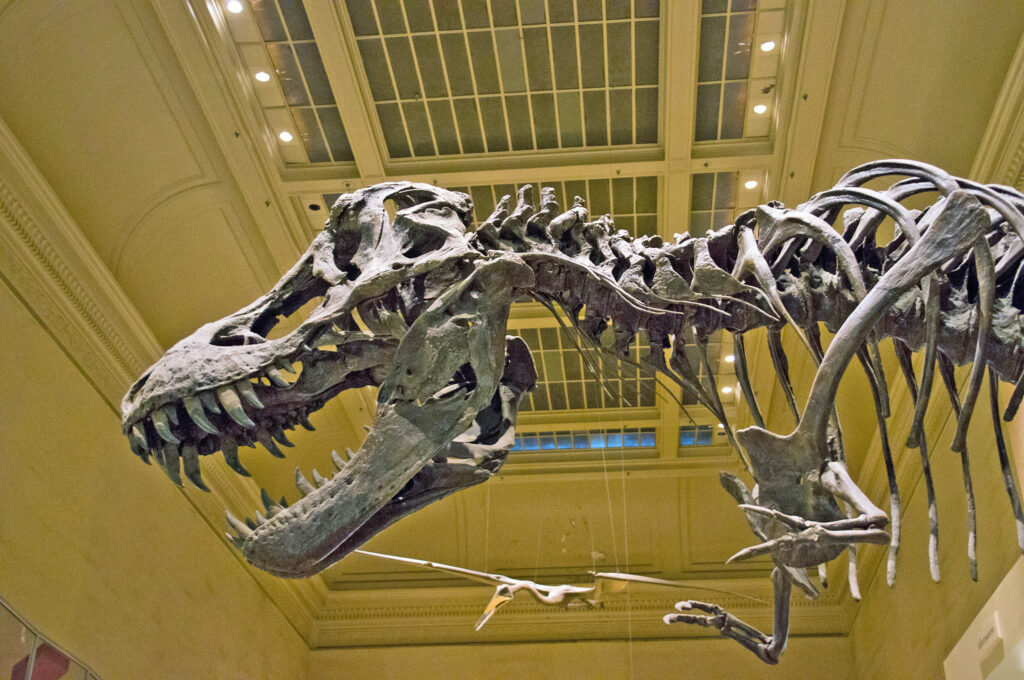Picture this: a world where temperatures swing from tropical paradise to frozen wasteland in just a few thousand years. Where massive volcanic eruptions paint the sky black for months, and sea levels rise and fall like a cosmic tide. This wasn’t some distant alien planet—this was Earth during the age of dinosaurs, and somehow, these incredible creatures didn’t just survive this climate chaos, they thrived through it for over 165 million years.
The Great Climate Awakening
When dinosaurs first stepped onto the evolutionary stage around 230 million years ago, Earth was experiencing one of the most dramatic climate shifts in its history. The supercontinent Pangaea was beginning to crack apart, creating massive rifts that would eventually become the Atlantic Ocean. This geological upheaval triggered volcanic activity on a scale we can barely imagine today.
The atmosphere during the Late Triassic period contained carbon dioxide levels three to four times higher than today’s concentrations. Temperatures soared to averages of 95°F (35°C) globally, with no polar ice caps to moderate the heat. Yet dinosaurs didn’t just endure these extreme conditions—they evolved remarkable adaptations that would serve them well through millions of years of climate turbulence.
Ice Ages That Never Were
Here’s something that might surprise you: dinosaurs lived through their entire reign without experiencing a single major ice age. While mammals today have survived multiple glacial periods, dinosaurs ruled during what scientists call a “greenhouse Earth.” The planet’s thermostat was stuck on hot, and staying that way required some incredible biological innovations.
During the Jurassic period, atmospheric carbon dioxide levels reached concentrations that would make today’s climate scientists break into a cold sweat. Ocean temperatures averaged 104°F (40°C) at the equator, yet marine reptiles like plesiosaurs and ichthyosaurs flourished. This suggests that life had evolved mechanisms to cope with heat stress that we’re only beginning to understand.
The Volcanic Nightmare Years
Around 201 million years ago, one of Earth’s most catastrophic volcanic events began reshaping the planet. The Central Atlantic Magmatic Province erupted for approximately 600,000 years, spewing enough lava to cover the entire continental United States in a layer 300 feet thick. The gases released caused massive climate disruption, yet this disaster actually helped dinosaurs dominate the planet.
The volcanic winter that followed killed off many of the dinosaurs’ competitors, including large amphibians and early archosaurs. Dinosaurs survived because they had already evolved efficient respiratory systems and heat-regulation mechanisms. Their hollow bones, originally evolved for other purposes, helped them maintain body temperature more effectively during these climate extremes.
Ocean Boiling Points
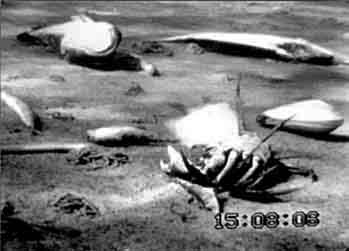
The Toarcian Oceanic Anoxic Event, occurring around 183 million years ago, pushed Earth’s climate system to its absolute breaking point. Ocean temperatures rose so dramatically that vast areas became completely devoid of oxygen, creating massive dead zones that stretched across entire ocean basins. Marine life experienced one of the most severe extinction events in Earth’s history.
On land, dinosaurs faced their own challenges as temperatures soared and humidity reached suffocating levels. Yet fossil evidence shows that many dinosaur species not only survived but actually diversified during this period. Sauropods began their evolutionary journey toward becoming the largest land animals ever, suggesting that extreme heat may have actually favored gigantism in some dinosaur lineages.
The Great Drying

During the Middle Jurassic, Earth experienced a period of intense aridification that transformed vast regions into sprawling deserts. The Morrison Formation in North America preserves evidence of this dramatic climate shift, where lush forests gave way to semi-arid landscapes dotted with seasonal lakes and rivers. This environmental change forced dinosaurs to develop new survival strategies.
Remarkably, this is when some of the most famous dinosaurs evolved their iconic features. The long necks of sauropods may have been partly an adaptation to reach scattered vegetation in increasingly sparse landscapes. Stegosaurus developed its elaborate plate system, which likely helped regulate body temperature in the harsh, desert-like conditions of the time.
Polar Paradox
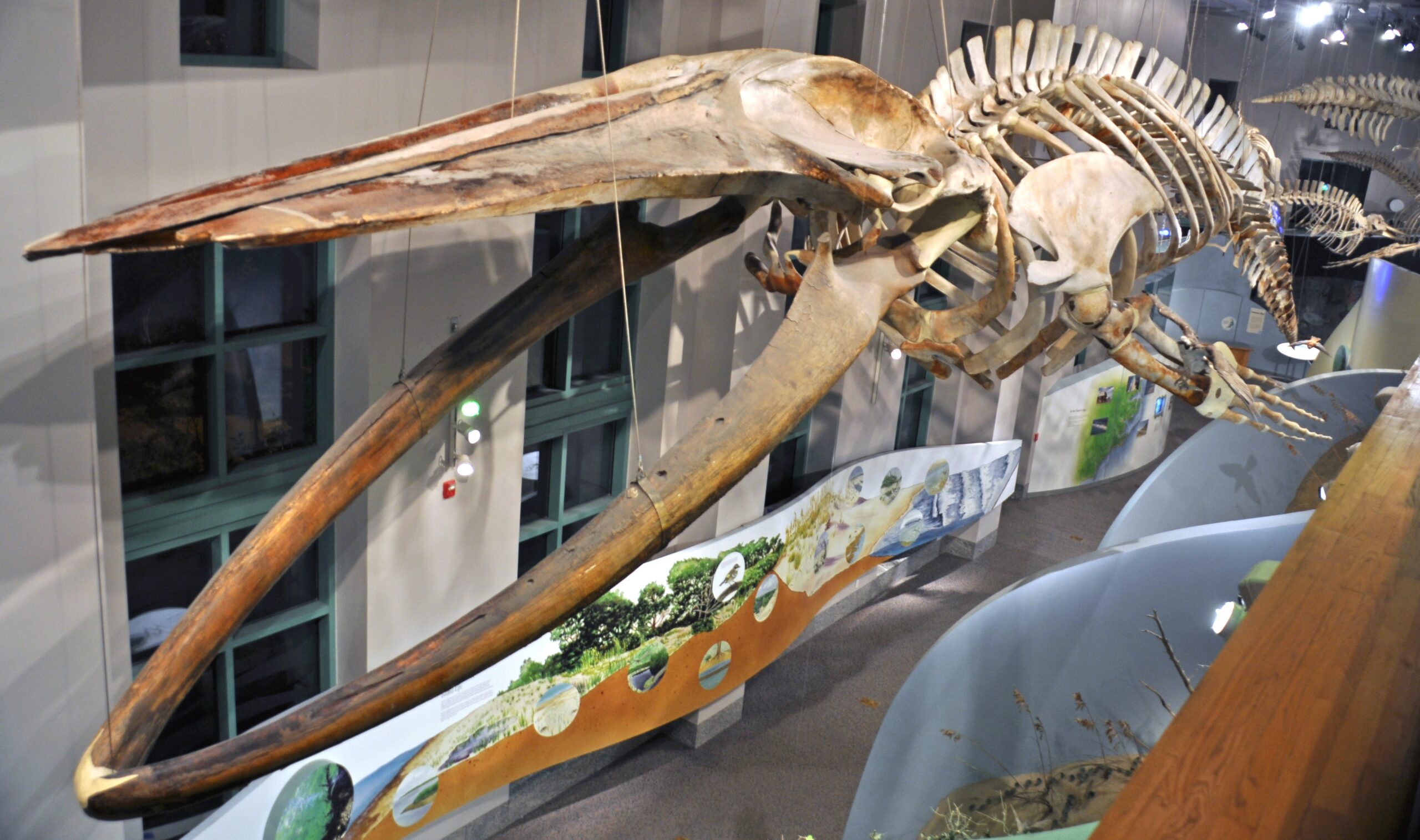
One of the most mind-bending aspects of dinosaur climate survival was their ability to thrive in polar regions that experienced months of continuous darkness. Fossil discoveries in Alaska and Antarctica have revealed diverse dinosaur communities living at latitudes where winter temperatures dropped below freezing, despite the overall warm global climate.
These polar dinosaurs developed fascinating adaptations that challenge our understanding of reptilian physiology. Some species show evidence of seasonal migration patterns, while others appear to have endured the long polar nights through behavioral and physiological adjustments. The discovery of juvenile dinosaur remains in these regions suggests that some species were reproducing year-round, even in extreme seasonal conditions.
The Methane Mystery
Recent research has uncovered a shocking contributor to dinosaur-era climate extremes: the dinosaurs themselves. Scientists estimate that sauropods alone may have produced 520 million tons of methane annually through their digestive processes. This biological greenhouse gas production was significant enough to influence global climate patterns.
The implications are staggering. These massive herbivores weren’t just passive victims of climate change—they were active participants in shaping it. Their methane emissions likely contributed to maintaining the warm, humid conditions that characterized much of the Mesozoic Era. This creates a fascinating feedback loop where dinosaurs helped create the very climate conditions that favored their continued evolution and diversification.
Fire and Brimstone
The Late Jurassic period brought another climate catastrophe that tested dinosaur resilience: widespread wildfires triggered by increased atmospheric oxygen levels. With oxygen concentrations reaching 23% (compared to today’s 21%), fires burned hotter and spread faster than anything in modern times. Entire continents were regularly swept by massive conflagrations that reshaped ecosystems.
Dinosaurs adapted to this fire-prone world in remarkable ways. Some species developed behaviors similar to modern fire-adapted animals, seeking shelter in rivers and lakes during blazes. Others may have actually benefited from the fires, as the cleared landscapes created new ecological niches for both herbivores and the carnivores that hunted them.
The Cooling Catastrophe
Around 150 million years ago, Earth experienced an unexpected cooling event that caught the dinosaur world off guard. Global temperatures dropped by an estimated 10-15°F (6-8°C) over just a few million years—a rapid change by geological standards. This cooling was likely triggered by reduced volcanic activity and changes in ocean circulation patterns.
The climate shift had profound effects on dinosaur evolution. Many of the smaller, more agile dinosaurs thrived during this cooler period, while some of the largest sauropods struggled with the changing vegetation patterns. This period saw the rise of new dinosaur groups, including the first birds, which may have evolved their feathers partly as insulation against the cooler temperatures.
Tropical Poles
Perhaps the most extraordinary climate conditions dinosaurs endured occurred during the mid-Cretaceous period, around 100 million years ago. Earth’s poles were so warm that crocodiles and turtles lived in the Arctic Ocean, and palm trees grew in Antarctica. Global temperatures averaged 95°F (35°C), making even the coldest regions warmer than today’s tropics.
This extreme greenhouse climate created unique challenges for dinosaurs. Heat stress became a major evolutionary pressure, leading to the development of elaborate cooling mechanisms. Some dinosaurs evolved complex nasal passages to cool incoming air, while others developed specialized blood vessel networks in their extremities to dissipate heat. The giant predator Giganotosaurus lived during this period, suggesting that even apex predators found ways to function effectively in these sweltering conditions.
The Acid Rain Years
Massive volcanic eruptions during the formation of the Deccan Traps around 66 million years ago didn’t just spew lava—they created acid rain on a global scale. Sulfur dioxide and other volcanic gases mixed with atmospheric moisture to create precipitation so acidic it could dissolve limestone and corrode organic matter. This environmental catastrophe lasted for hundreds of thousands of years.
Dinosaurs living through this period had to cope with poisoned water sources, damaged vegetation, and corrosive rain that could harm their skin and respiratory systems. Some species may have developed behavioral adaptations, seeking shelter in caves or underground burrows during the worst acid rain events. The fact that dinosaurs survived this long-term environmental disaster demonstrates their remarkable adaptability.
Desert Dinosaurs

The Cretaceous period saw the expansion of some of Earth’s most extreme desert environments, particularly in what is now the Gobi Desert region. Temperatures in these areas regularly exceeded 120°F (49°C), and water sources were scarce and widely scattered. Yet dinosaurs not only survived in these harsh conditions—they evolved into some of their most spectacular forms.
Desert-dwelling dinosaurs developed remarkable water conservation strategies. Some species had enlarged nasal passages to recapture moisture from exhaled air, while others may have obtained most of their water from their food. The famous feathered dinosaurs of the Gobi, including Velociraptor and Protoceratops, lived in these extreme conditions, suggesting that even predator-prey relationships could function effectively in desert climates.
The Final Climate Gamble
The last million years of the dinosaur era brought perhaps the most challenging climate conditions they ever faced. Massive volcanic eruptions, asteroid impacts, and rapid temperature fluctuations created a perfect storm of environmental stress. Within just a few hundred thousand years, global temperatures swung from greenhouse conditions to near-freezing, then back to scorching heat.
Some dinosaur species showed remarkable resilience even during these final climate upheavals. Birds, which are dinosaurs, successfully navigated these extreme conditions and emerged as one of the most successful animal groups on Earth. Non-avian dinosaurs weren’t as fortunate, but their 165-million-year climate survival story remains one of the most impressive examples of evolutionary adaptability in Earth’s history.
Lessons from the Ultimate Survivors
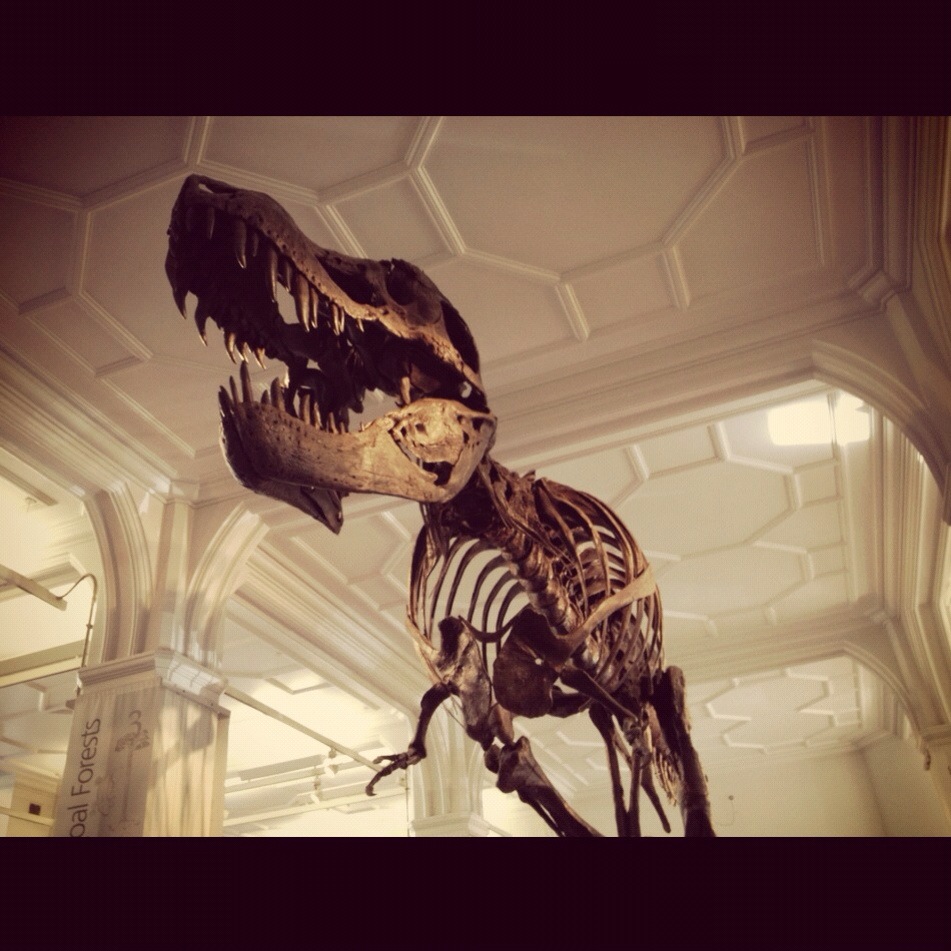
The dinosaurs’ incredible climate resilience offers profound insights for understanding how life responds to environmental change. Their success wasn’t due to a single adaptation, but rather a combination of physiological, behavioral, and ecological strategies that allowed them to thrive through extremes that would challenge any modern ecosystem.
Their story reminds us that climate change isn’t just a modern phenomenon—it’s been shaping life on Earth for billions of years. The dinosaurs mastered the art of adaptation, evolving solutions to climate challenges that we’re only beginning to understand. As we face our own climate crisis, perhaps we can learn something from these ultimate survivors about resilience, adaptation, and the incredible power of life to persist against all odds.
What makes their story even more remarkable is that they didn’t just survive—they flourished, diversified, and dominated their world for an almost incomprehensible span of time. In the grand theater of Earth’s climate history, dinosaurs weren’t just bit players—they were the star performers on a stage that never stopped changing. Makes you wonder what other secrets their fossil record might still reveal, doesn’t it?


